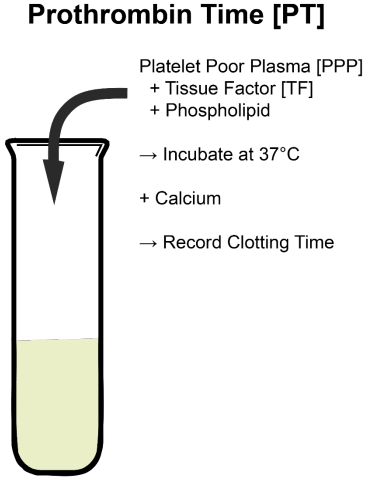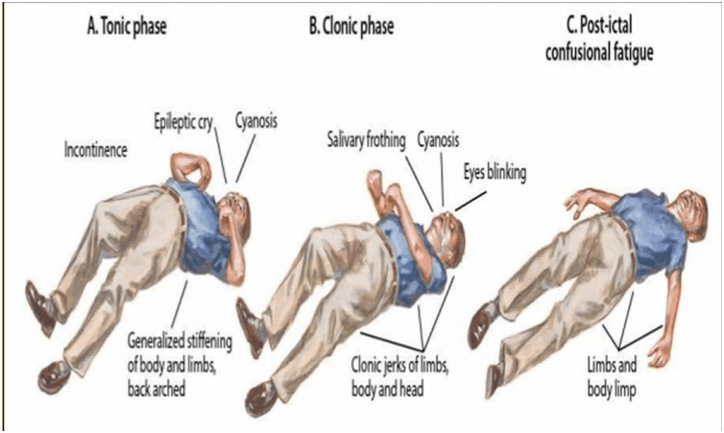A nurse is caring for a client who has a prescription for warfarin.
Which of the following laboratory tests should the nurse monitor?
Triiodothyronine
Blood urea nitrogen
Arterial blood gases
Prothrombin time
The Correct Answer is D
d. Prothrombin time.
Explanation:
Warfarin is an anticoagulant medication that works by inhibiting the synthesis of vitamin K-dependent clotting factors in the liver. Therefore, it is important to monitor the client's clotting ability to ensure that the medication is working properly and not causing any adverse effects.
The laboratory test that is used to monitor warfarin therapy is the prothrombin time (PT), which measures the time it takes for the blood to clot. The nurse should monitor the client's PT regularly and adjust the dosage of warfarin as necessary to maintain the therapeutic range.
Option a (Triiodothyronine) is a thyroid hormone and is not directly related to warfarin therapy.
Option b (Blood urea nitrogen) is a measure of kidney function and is also not directly related to warfarin therapy.
Option c (Arterial blood gases) is a measure of oxygen and carbon dioxide levels in the blood and is not related to warfarin therapy.

Nursing Test Bank
Naxlex Comprehensive Predictor Exams
Related Questions
Correct Answer is B
Explanation
Choice A Reason:
Wiping from the outer to the inner canthus is not necessary and may cause contamination.
Choice B Reason:
Apply pressure to the lacrimal punctum after administering the drops. After administering eye drops to a child, it is important to gently apply pressure to the lacrimal punctum (located in the inner corner of the eye) for about 1-2 minutes. This helps prevent systemic absorption of the medication and reduces the risk of it going into the nasopharynx and digestive system. The other options are not recommended:
Choice C Reason:
Positioning the child side-lying is not typically required for administering eye drops.
Choice D Reason:
Rinsing the eye with normal saline before administering the drops is not a standard practice and is not recommended unless there is a specific reason to do so, such as eye irritation or foreign body removal.
Correct Answer is D
Explanation
After a tonic-clonic seizure, the nurse should first check the child for any injuries, particularly in the oral cavity. This is because during a seizure, the child's tongue may have been biten, or there may be other oral injuries. Therefore, it is essential to check the oral cavity for any injury or bleeding.

Whether you are a student looking to ace your exams or a practicing nurse seeking to enhance your expertise , our nursing education contents will empower you with the confidence and competence to make a difference in the lives of patients and become a respected leader in the healthcare field.
Visit Naxlex, invest in your future and unlock endless possibilities with our unparalleled nursing education contents today
Report Wrong Answer on the Current Question
Do you disagree with the answer? If yes, what is your expected answer? Explain.
Kindly be descriptive with the issue you are facing.
